Deep Reinforcement Learning Guide - Reinforcement Learning Insights
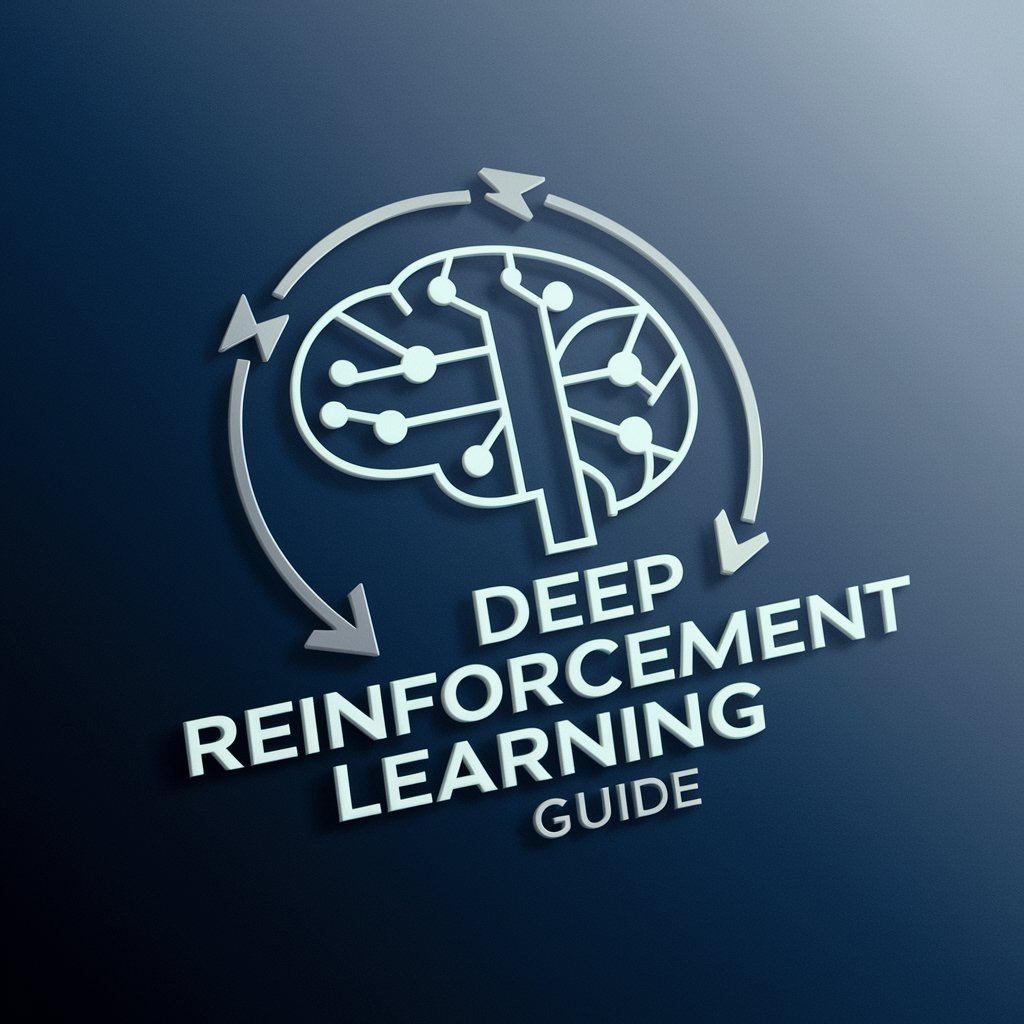
Welcome! Let's dive into the world of reinforcement learning together.
Empowering AI with Reinforcement Learning
Can you explain the exploration-exploitation tradeoff in reinforcement learning?
How does Q-learning differ from policy gradients?
What are the best practices for evaluating reinforcement learning models?
Could you guide me through implementing a reinforcement learning algorithm using Python?
Get Embed Code
Overview of Deep Reinforcement Learning Guide
The Deep Reinforcement Learning Guide is designed as a specialized resource for understanding and applying deep reinforcement learning (DRL) techniques. It merges the complexity of deep learning with the adaptive capabilities of reinforcement learning to tackle problems where an agent learns to make decisions by interacting with an environment. The guide covers theoretical foundations, such as the exploration-exploitation tradeoff and reward systems, alongside practical implementations using Python and deep learning frameworks. It aims to illustrate how DRL algorithms, like Q-learning and policy gradients, can be applied to scenarios ranging from gaming and robotics to real-world simulations, emphasizing model evaluation and performance optimization. Powered by ChatGPT-4o。

Core Functions of Deep Reinforcement Learning Guide
Explanatory Tutorials and Code Examples
Example
Step-by-step guide on implementing Q-learning in Python for a maze navigation problem, including the creation of a reward system.
Scenario
Used by AI enthusiasts and students to grasp the basics of reinforcement learning and to implement their first DRL model.
Advanced Algorithm Guidance
Example
Detailed explanation and code implementation of policy gradient methods for continuous action spaces, applied to robotic arm control.
Scenario
Beneficial for researchers and developers in robotics looking to optimize control strategies through DRL.
Best Practices in Model Evaluation
Example
Comprehensive overview of performance metrics and evaluation techniques specific to reinforcement learning, applied in the context of a trading algorithm.
Scenario
Utilized by data scientists in finance to measure the effectiveness and robustness of their trading strategies developed with DRL.
Custom Scenario Simulations
Example
Guidance on setting up and running simulations for urban traffic management systems using DRL to optimize traffic flow.
Scenario
Helpful for urban planners and engineers seeking innovative solutions to reduce congestion and improve city traffic conditions.
Target User Groups for Deep Reinforcement Learning Guide Services
AI Enthusiasts and Students
Individuals keen on learning the foundations of reinforcement learning and deep learning, looking for a structured approach to understand and apply DRL concepts in various projects.
Researchers and Developers
Professionals in fields like robotics, gaming, and simulations, who require in-depth knowledge and application of advanced DRL algorithms to solve complex problems in their domain.
Data Scientists and Engineers
Experts aiming to incorporate DRL into real-world applications such as financial trading algorithms, autonomous vehicles, and smart infrastructure management, seeking practical guidance and optimization strategies.

How to Use Deep Reinforcement Learning Guide
Begin Your Journey
Start by accessing a comprehensive reinforcement learning resource at yeschat.ai for a seamless experience without the need for sign-up or a ChatGPT Plus subscription.
Identify Your Learning Objective
Clarify your goals, whether it's understanding basic reinforcement learning concepts, mastering specific algorithms like Q-learning or DDPG, or applying these techniques in practical scenarios.
Explore the Guides
Navigate through tutorials, conceptual explanations, and Python code examples to gain a deep understanding of reinforcement learning principles and practices.
Implement and Experiment
Use the provided Python code snippets and deep learning frameworks to experiment with different reinforcement learning models and environments.
Engage with the Community
For further learning and troubleshooting, engage with online forums and communities. Sharing experiences and solutions can enhance your understanding and application of reinforcement learning techniques.
Try other advanced and practical GPTs
Therapy Notes Optimizer
Streamlining Therapy Notes with AI
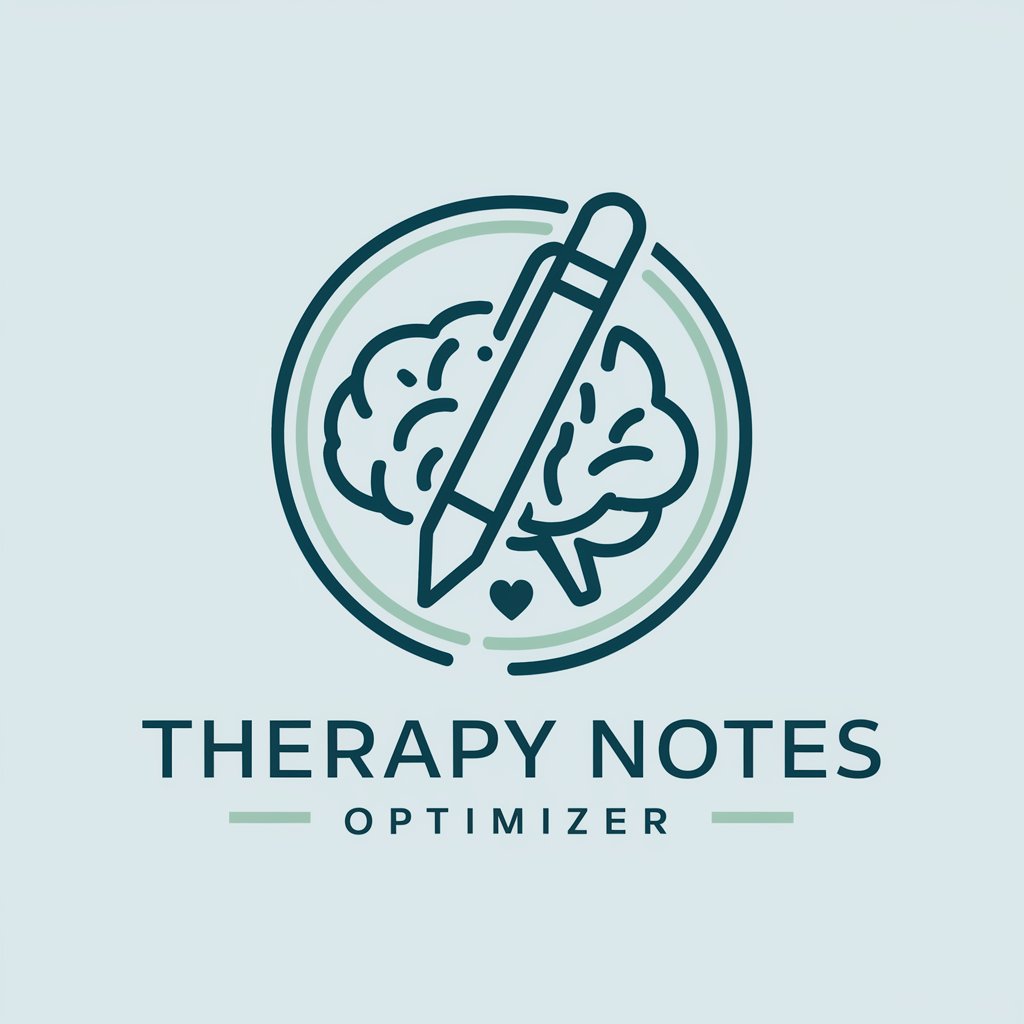
Unofficial QBO Helper
Navigate QuickBooks with AI

Is it Approved by FSSAI?
Ensuring Ingredient Safety with AI
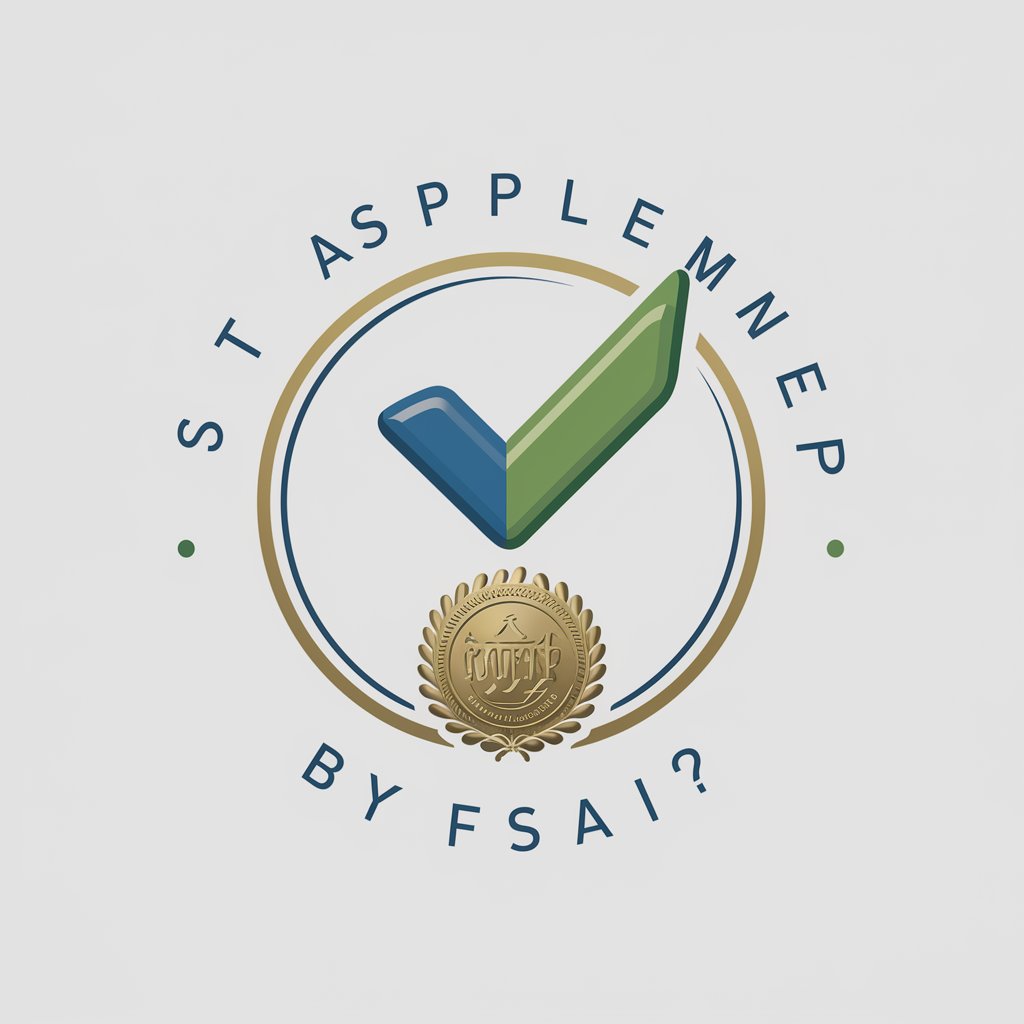
Doctor-Approved GPT (evidence based answers)
Empowering Decisions with AI-Powered Evidence

Supplement Sage
Empowering your supplement choices with AI-driven insights.

PetFacts Petcare Guide
Empowering pet owners with AI-driven veterinary guidance.

Logic & Imagination
Unleash creativity, empower logic.
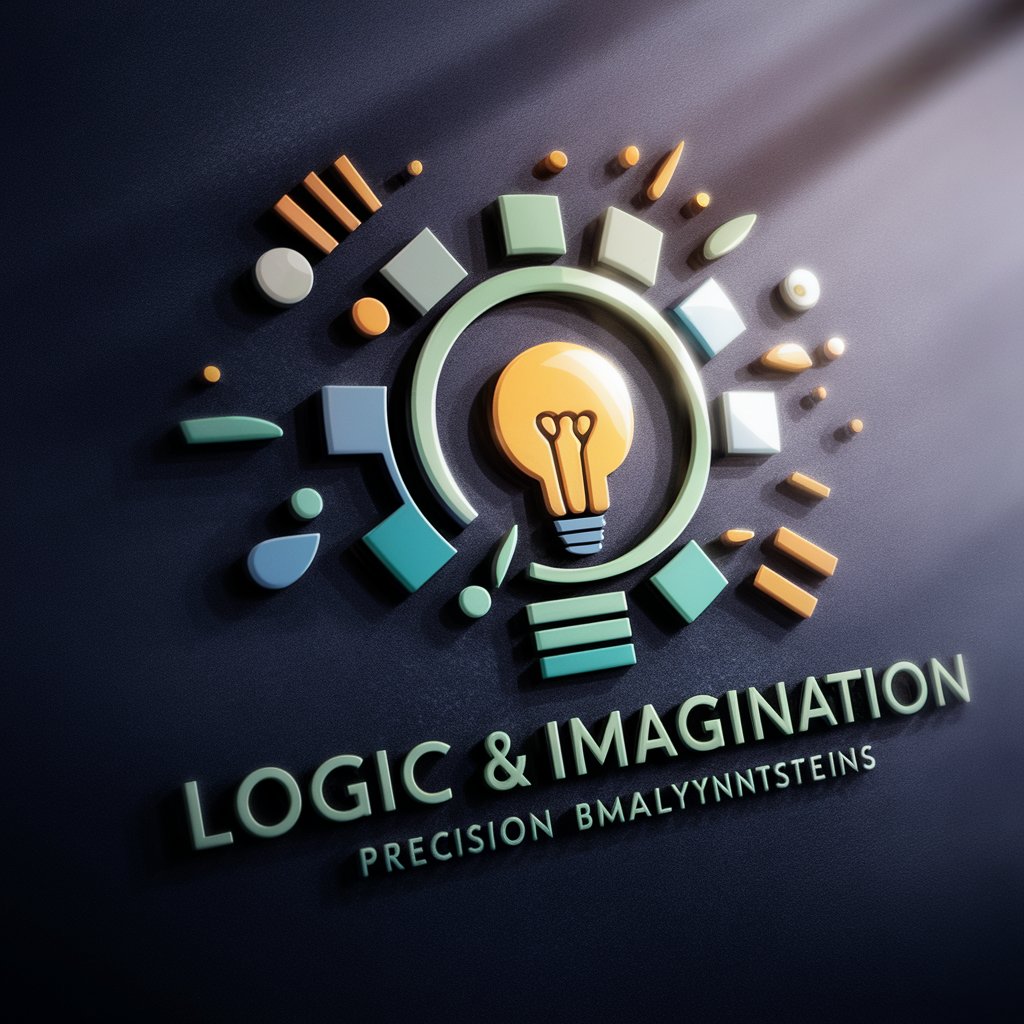
Imagination Helper
Bring your imagination to life!

TCG Imagination
Power Your Card Game Creation

Imagination Spark
Sparking Imaginations with AI
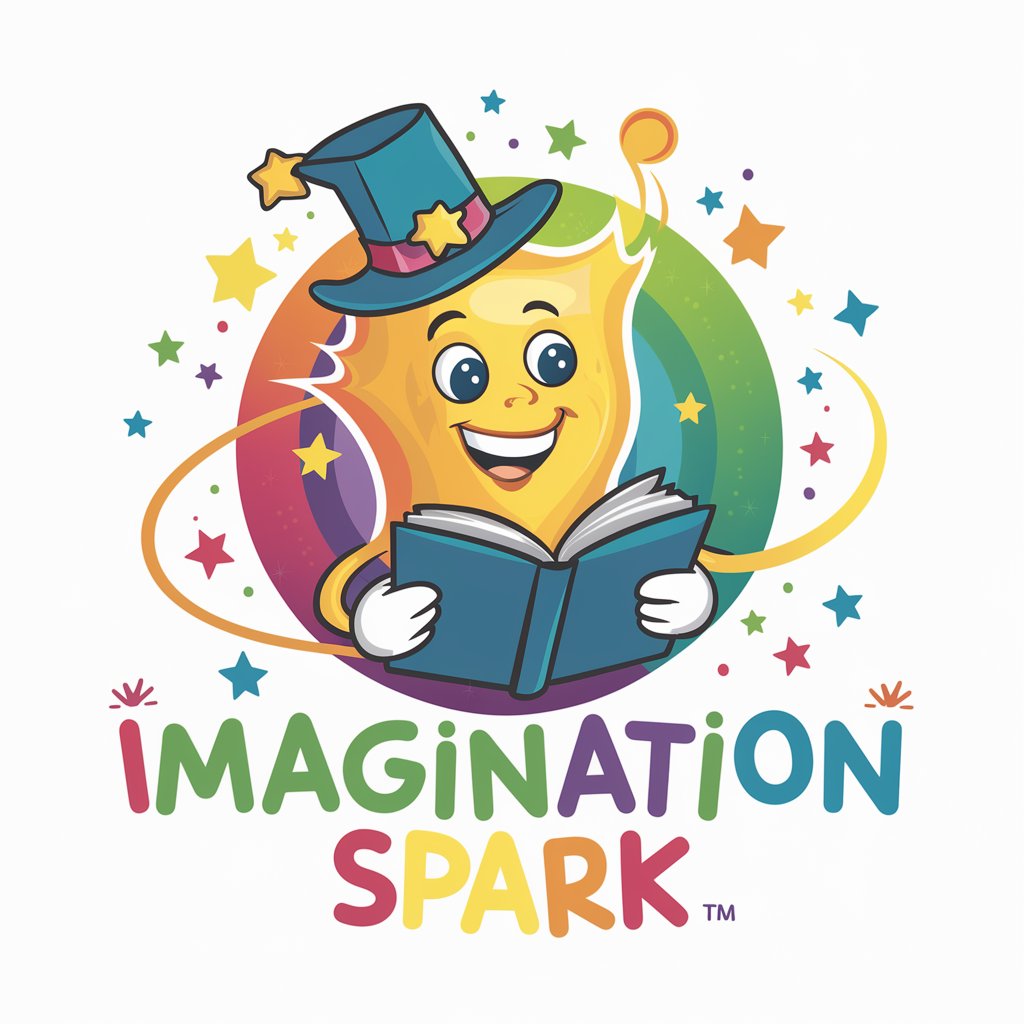
Imagination Grenade
Unleash Creativity with AI

Imagination Sketcher
Bring Your Stories to Life with AI
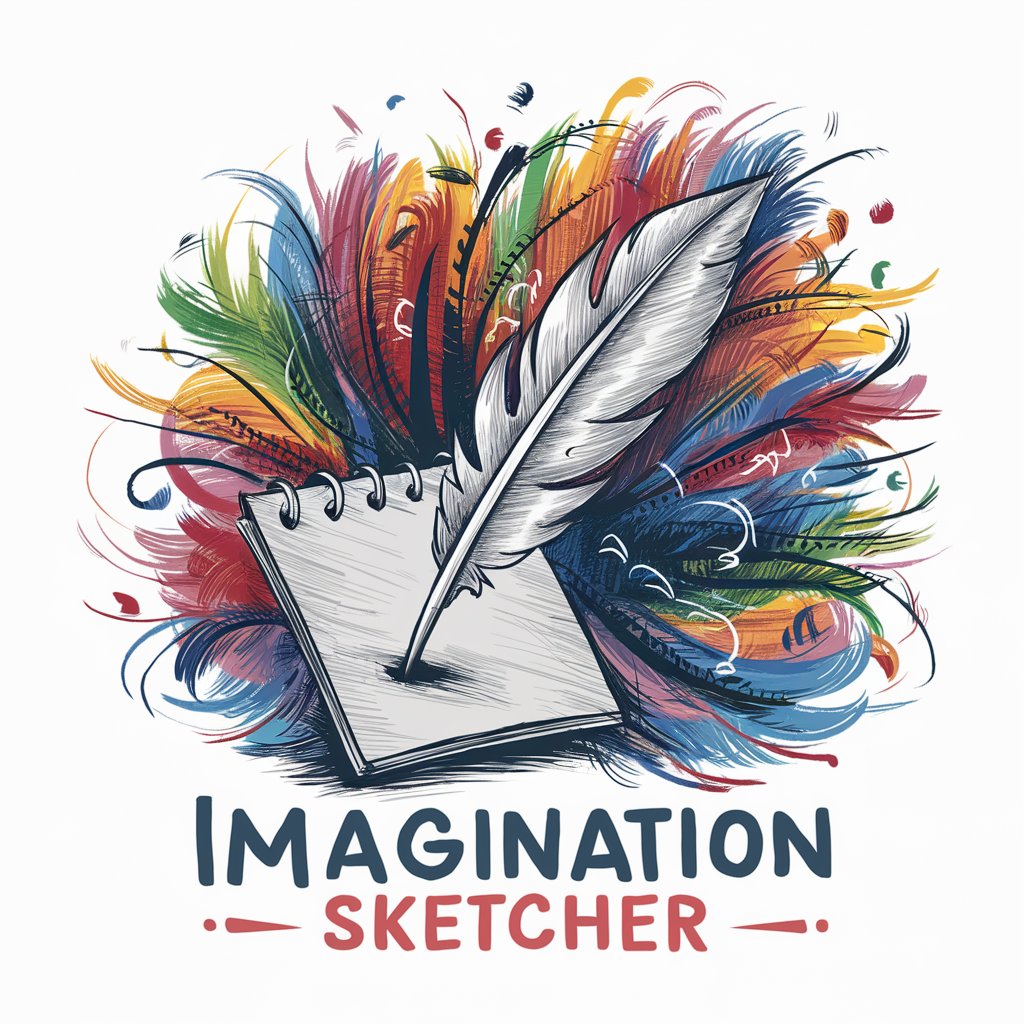
Deep Reinforcement Learning Guide Q&A
What is Deep Reinforcement Learning Guide?
It's a comprehensive tool designed to help learners and practitioners understand and apply deep reinforcement learning. It offers explanations, Python code examples, and guidance on implementing algorithms in various contexts.
How can I apply reinforcement learning to robotics using this guide?
The guide provides step-by-step tutorials and code examples for applying reinforcement learning to robotics. Focus on sections covering robotics simulations, sensor data processing, and action-reward mechanisms specific to robotic movements.
What are some key algorithms covered in this guide?
The guide covers a range of algorithms including Q-learning, Deep Q-Networks (DQN), Proximal Policy Optimization (PPO), and Deep Deterministic Policy Gradient (DDPG), along with their applications and implementation details.
Can Deep Reinforcement Learning Guide help with academic research?
Absolutely. It provides foundational knowledge and advanced techniques in reinforcement learning, making it an invaluable resource for academic research, including algorithm development and performance analysis.
Is there support for implementing custom reinforcement learning environments?
Yes, the guide includes tutorials on creating custom environments, offering insights into designing reward systems, simulating real-world dynamics, and integrating with reinforcement learning frameworks.
